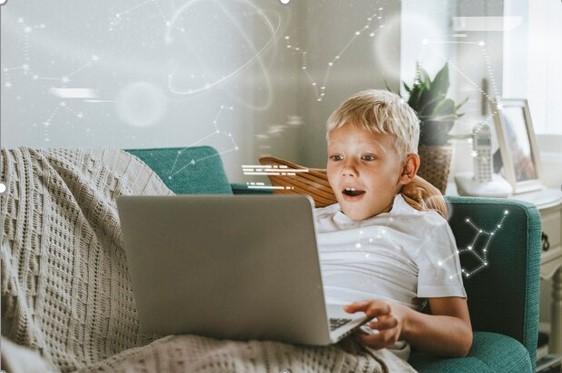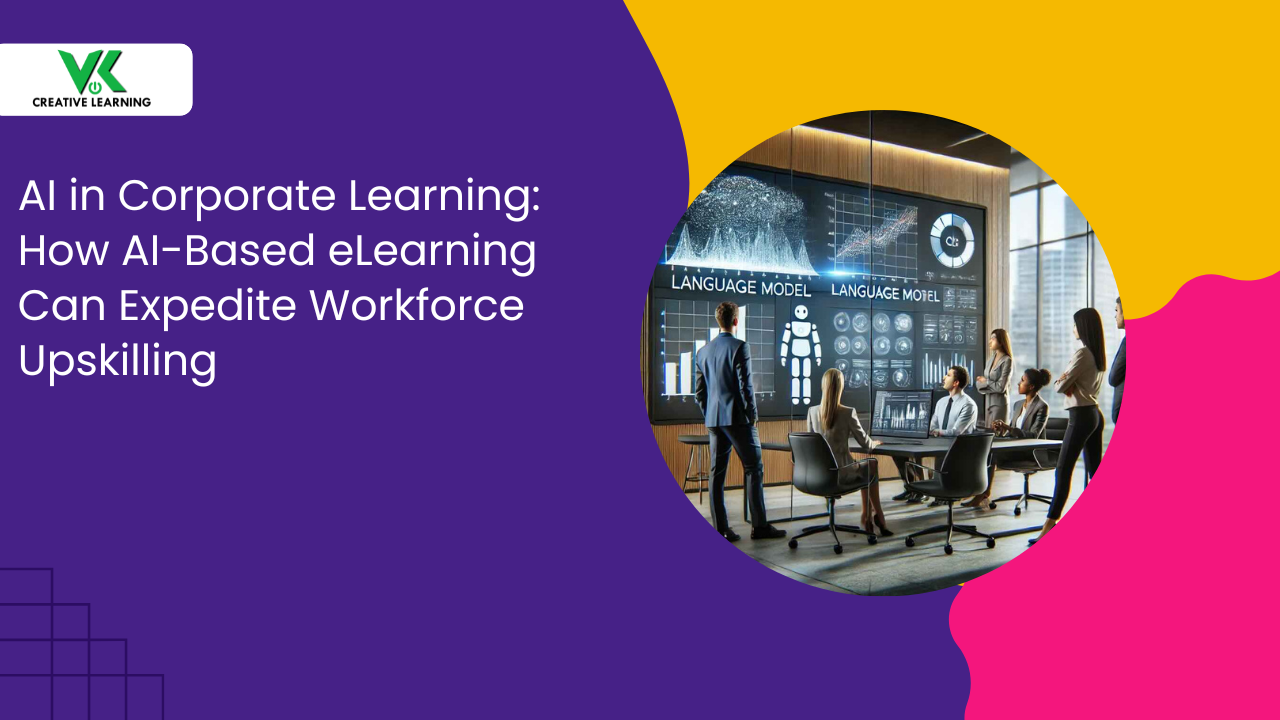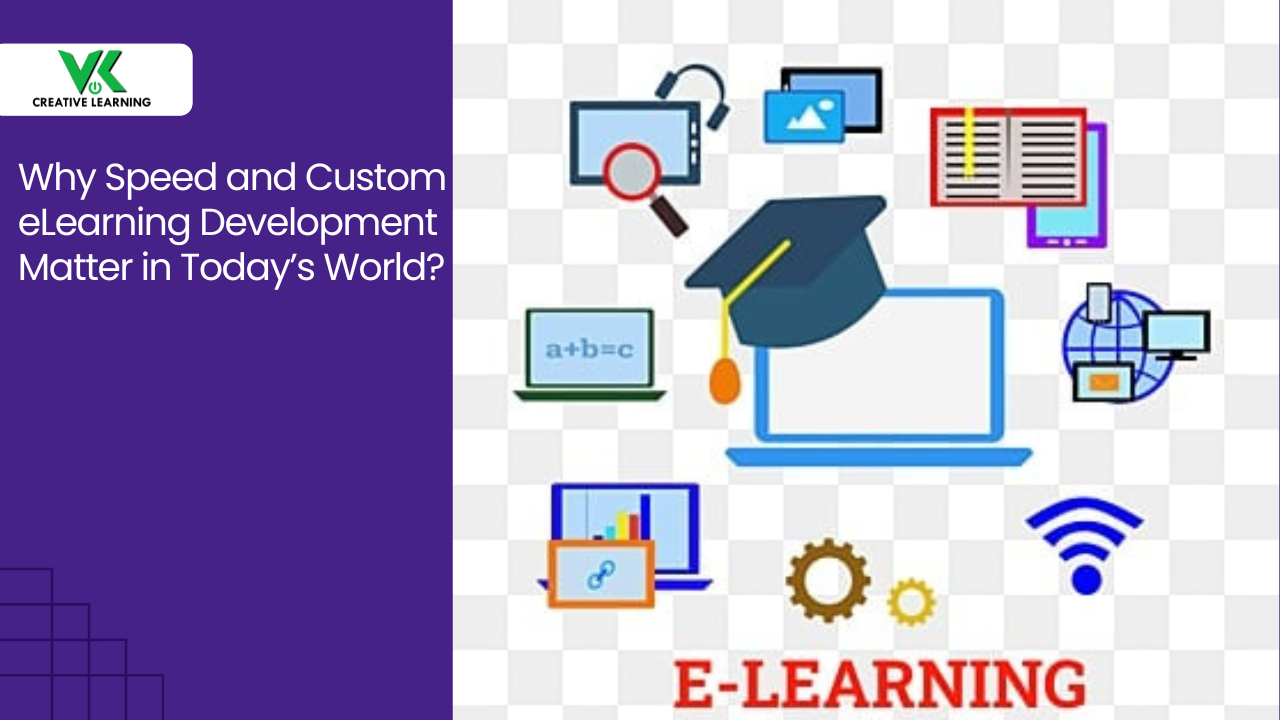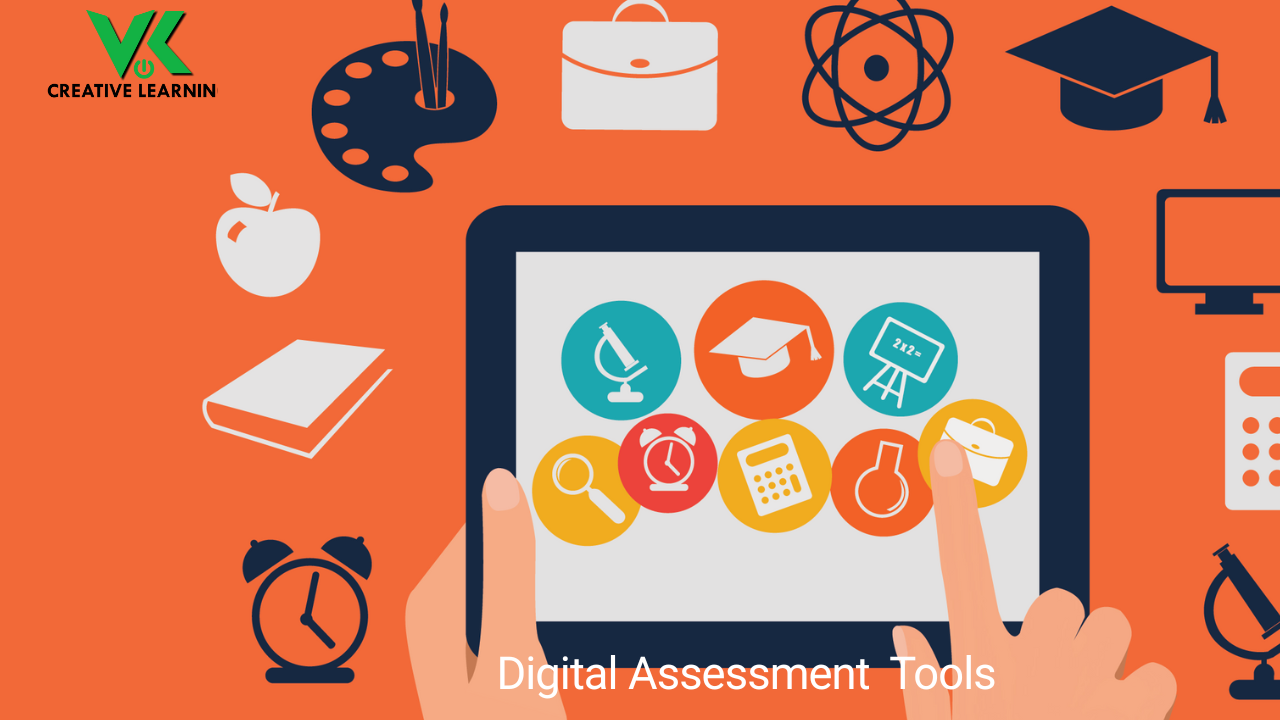360 Degree Video Based Elearning Solutions for Experiential Learning
February 18, 2022
360-degree video-based technology, often known as immersive videos, maybe useful teaching aid because they enable users to interact with ideas in new ways. This article looks at the possibilities of utilizing 360-degree video in eLearning and how it can be useful.
Comparisons of 2D videos, 360-degree based video, and virtual reality:
A 2D video, like a movie or educational video, is a "flat" depiction of a location, subject, event, or item on a 2D screen. 360-degree video-based eLearning solution, on the other hand, is a "realistic" depiction of the world that may be seen on a 2D screen by a user sporting a virtual reality (VR) headset or by viewing on a 2D screen.
Animated visualizations, 360-degree movies, or a mix of the two are used in virtual reality experiences. 360-degree video-based eLearning solutions may include animations, dynamic prompts, and other visual elements.
While animated VR is similar to an engaging video game, 360-degree video captures genuine environments. Participants try to physically move around virtual things or experience intense emotions and connections to the characters while watching a 360-degree video. The capability to interact with virtual objects, characters and situations may not be possible when it comes to animation.
How does using 360-degree video-based eLearning solutions offer experiential learning?
Imagine the benefits of putting learners in realistic situations where they can practice decision-making and emotional intelligence. Virtual Reality, for example, may be used to produce enriched learning experiences and develop different skills. Do you want to improve the efficiency of your company learners? Existing ideas and learning activities through virtual reality by replicating realistic experiences can do wonders for learners. Above all, it does it in a stress-free, totally immersive setting.
360-degree video-based eLearning offers a broad range of accessibility options.
Learners may use a headphone, PC, or mobile device to access VR activities from wherever they want and at any time. Additionally, learners might get fresh insights into events. Furthermore, learners may practice and assess their abilities until they perfect them. As a result, individuals are able to learn more quickly and efficiently. With virtual reality, learning that consumes hours in the classroom may be done four times quicker.
Usefulness of 360-degree video-based eLearning solutions.
Learners may put their problem-solving skills to the test by navigating challenging different types of scenarios. The exercise might make use of branch learning, which implies that each option would result in a different result.
Consider it a method to create your own journey. If your learners fail based on the outcomes, you may discuss the branching learning alternatives they selected and how they might have handled the issue better.
A blended learning program may be created by combining several learning approaches. Using a combination of learning modalities, such as Virtual Reality, in conjunction with in-person activities, is a smart approach to improve information retention, which will only raise the possibility of your learners implementing what they've learned in real life.




